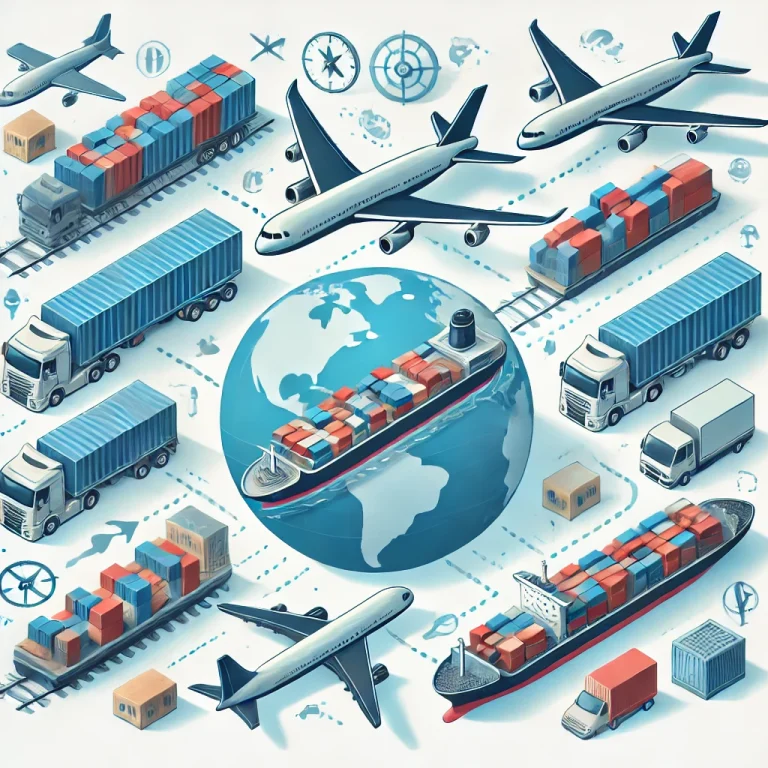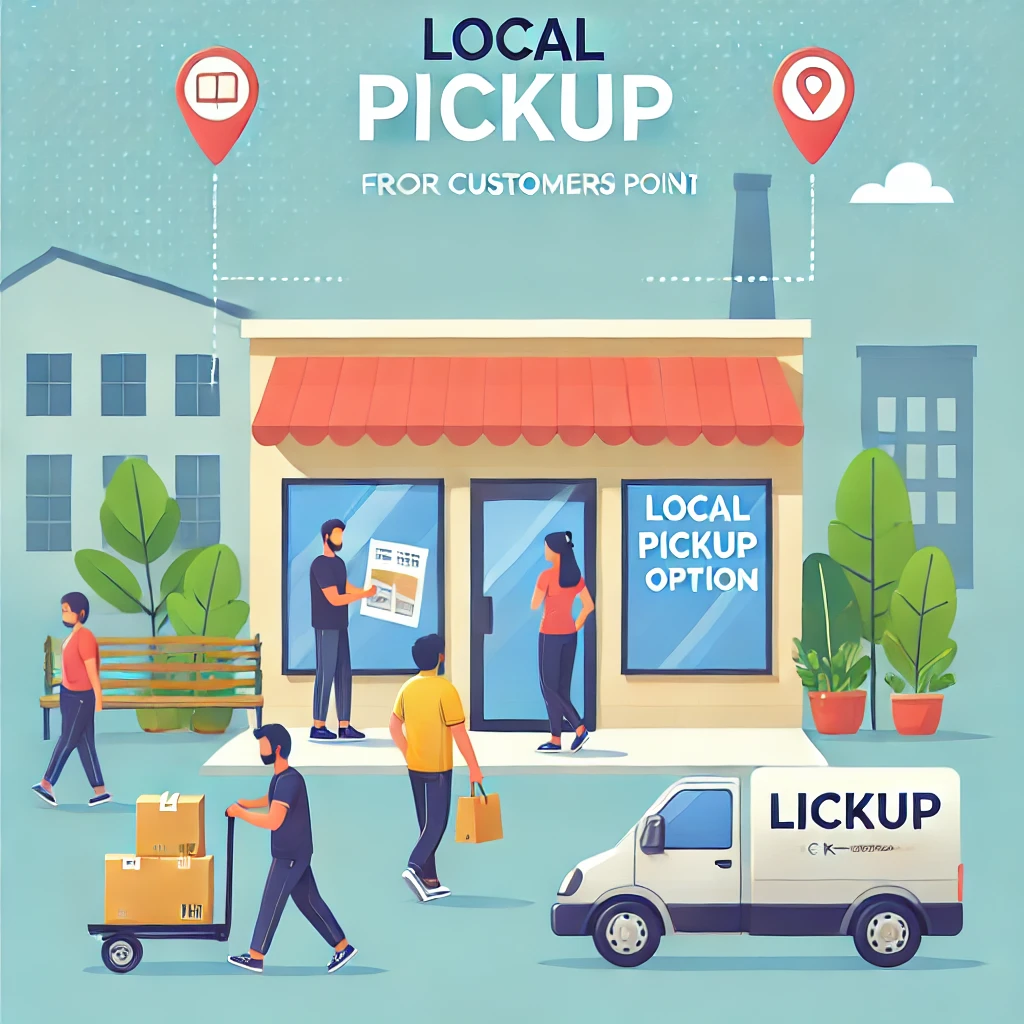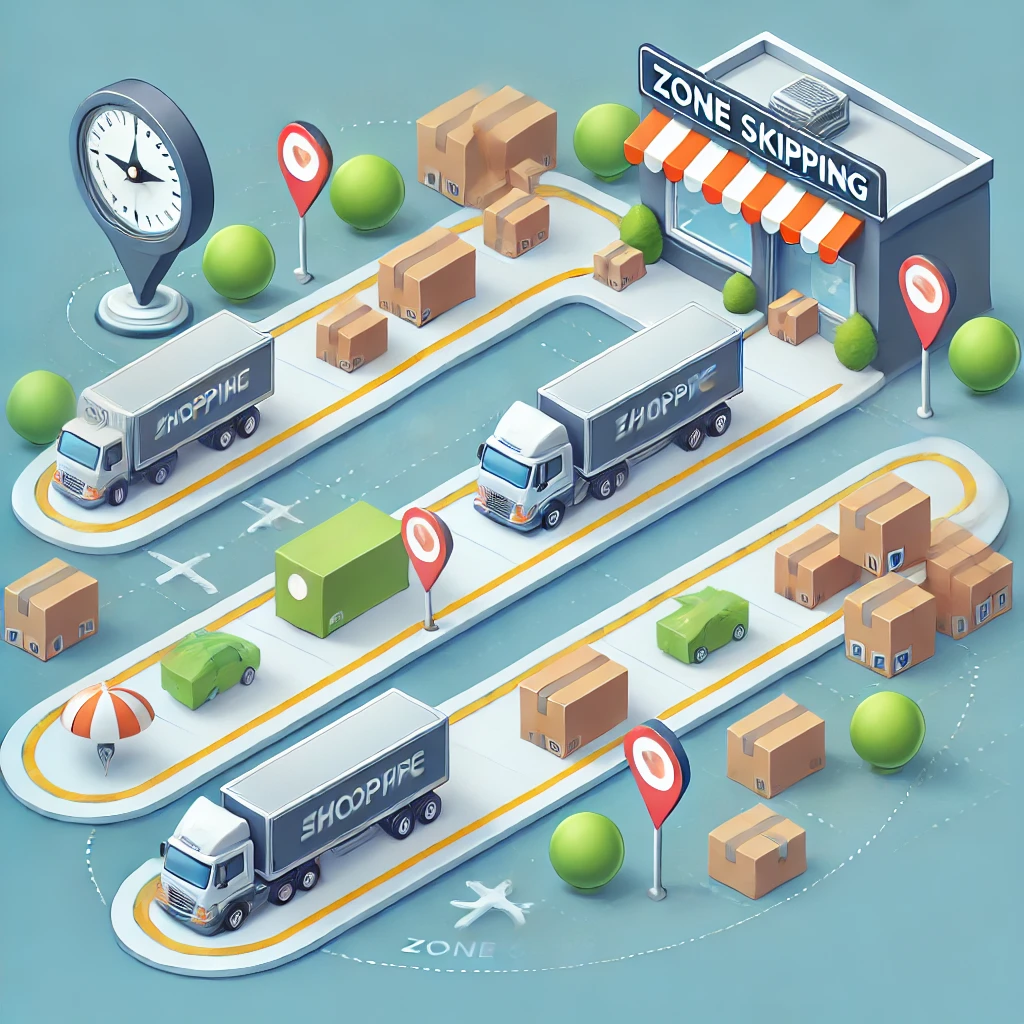Understanding Normal Shipping Percentages: A Comprehensive Guide for E-commerce Businesses

The Importance of Shipping Costs in E-commerce
Shipping costs play a pivotal role in the e-commerce ecosystem. They directly impact:
- Customer Satisfaction: High shipping costs can lead to cart abandonment and reduced customer loyalty.
- Profit Margins: Inefficient shipping practices can eat into your profits.
- Competitiveness: Offering attractive shipping rates can give you an edge over competitors.
What is a Normal Shipping Percentage?
A shipping percentage refers to the cost of shipping as a percentage of the total order value. For example, if an order totals $100 and the shipping cost is $10, the shipping percentage would be 10%.
But what constitutes a “normal”? The answer isn’t straightforward, as it varies widely depending on the industry, product type, and business model. However, here are some general benchmarks:
- For most e-commerce businesses, a between 5-15% of the order value is considered normal.
- For businesses selling low-value, high-volume items, shipping percentages can be higher, sometimes reaching 20-30%.
- Luxury or high-value item retailers often aim for lower shipping percentages, sometimes as low as 1-5%.
It’s important to note that these are general guidelines, and your specific circumstances may warrant different percentages.
Factors Affecting Shipping Percentages
Several factors influence shipping percentages:
- Product Weight and Dimensions: Heavier or larger items typically incur higher shipping costs.
- Shipping Distance: Longer distances generally mean higher shipping costs.
- Shipping Speed: Expedited shipping services cost more than standard options.
- Packaging Costs: The cost of packaging materials factors into overall shipping expenses.
- Carrier Rates and Surcharges: Different carriers have varying rate structures and additional fees.
Average Shipping Cost Percentage Across Industries
Shipping percentages can vary significantly across different e-commerce sectors:
- Apparel and Accessories: 6-8%
- Electronics: 3-5%
- Home and Garden: 10-15%
- Books and Media: 5-7%
- Food and Beverage: 15-20%
Case Study: A mid-sized fashion retailer implemented Linbis’s optimization tools and managed to reduce their average from 9% to 6.5%, resulting in significant cost savings and improved customer satisfaction.

Calculating Your Shipping Percentage
To calculate your shipping percentage, use this simple formula:
Copy
Shipping Percentage = (Total Shipping Costs / Total Order Value) x 100
For example, if your total costs for a month were $5,000, and your total order value was $100,000, your would be:
Copy
($5,000 / $100,000) x 100 = 5%
Linbis offers automated tools that can calculate these percentages for you across all your orders, providing valuable insights into your shipping efficiency.
Strategies to Optimize Shipping Percentages
- Negotiate with Carriers: As your shipping volume grows, you may be able to negotiate better rates with carriers.
- Optimize Packaging: Use appropriate-sized packaging to avoid dimensional weight charges.
- Use Multi-Carrier Shipping: Different carriers may offer better rates for different types of shipments.
- Implement Zone Skipping: For high-volume shippers, transporting packages to a distribution center closer to the final destination before handing them off to the carrier can reduce costs.
- Offer Local Pickup Options: This can eliminate shipping costs for local customers.
Impact of Shipping Costs on Customer Behavior
Understanding how shipping costs affect customer behavior is crucial:
- Free Shipping Thresholds: 90% of consumers say free shipping is their primary incentive to shop online more.
- Flat Rate vs. Calculated Shipping: 75% of consumers prefer free shipping with a minimum purchase amount over other options.
- Transparency: 68% of consumers expect to see shipping costs before reaching checkout.

Benchmarking Your Shipping Costs
To determine if your shipping percentage is “normal,” consider these steps:
- Compare with Industry Standards: Use the averages mentioned earlier as a starting point.
- Analyze Competitors: Look at what shipping options your direct competitors are offering.
- Use Analytics Tools: Platforms like Linbis provide comprehensive analytics to help you understand how your shipping costs compare to industry benchmarks.
How Linbis Can Help Optimize Shipping Percentages
Linbis offers a suite of tools designed to help e-commerce businesses manage and optimize their shipping costs:
- Real-Time Rate Comparison: Automatically compare rates across multiple carriers to find the best option for each shipment.
- Packaging Optimization: Suggest the most cost-effective packaging based on item dimensions and weight.
- Analytics Dashboard: Track your shipping percentages over time and identify trends or areas for improvement.
- Zone Skipping Tools: For high-volume shippers, Linbis can help implement and manage zone skipping strategies.
Case Study: An electronics retailer used Linbis’s multi-carrier rate comparison tool and reduced their average shipping percentage from 7% to 4.5%, saving over $100,000 in annual shipping costs.

Future Trends in E-commerce Shipping
As you work to optimize your shipping percentages, keep an eye on these emerging trends:
- Drone Delivery: While still in its early stages, drone delivery could significantly reduce shipping costs for certain types of deliveries.
- Sustainable Shipping Options: As consumers become more environmentally conscious, offering green shipping options could become a competitive advantage.
- AI-Powered Optimization: Advanced AI algorithms will continue to improve shipping route optimization and cost prediction.
- Hyperlocal Fulfillment: More businesses may adopt strategies to store inventory closer to customers, reducing shipping distances and costs.
Conclusion
Understanding and optimizing your shipping percentage is crucial for e-commerce success. While there’s no one-size-fits-all “normal” shipping percentage, by understanding the factors that influence shipping costs and implementing smart strategies, you can work towards an optimal shipping percentage for your business.
Remember, shipping cost management is an ongoing process. Regularly review your shipping data, stay informed about industry trends, and leverage advanced tools like those offered by Linbis to continually refine your approach.
Are you ready to take control of your shipping costs and optimize your shipping percentages? Explore how Linbis can provide the insights and tools you need to make data-driven decisions and improve your bottom line.
